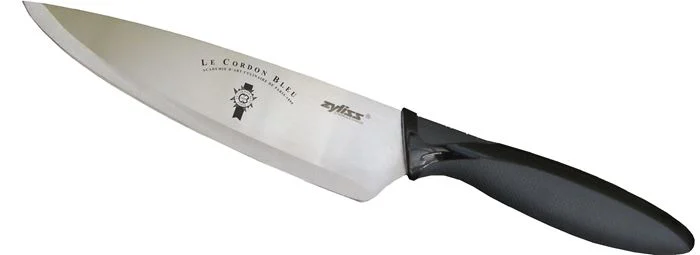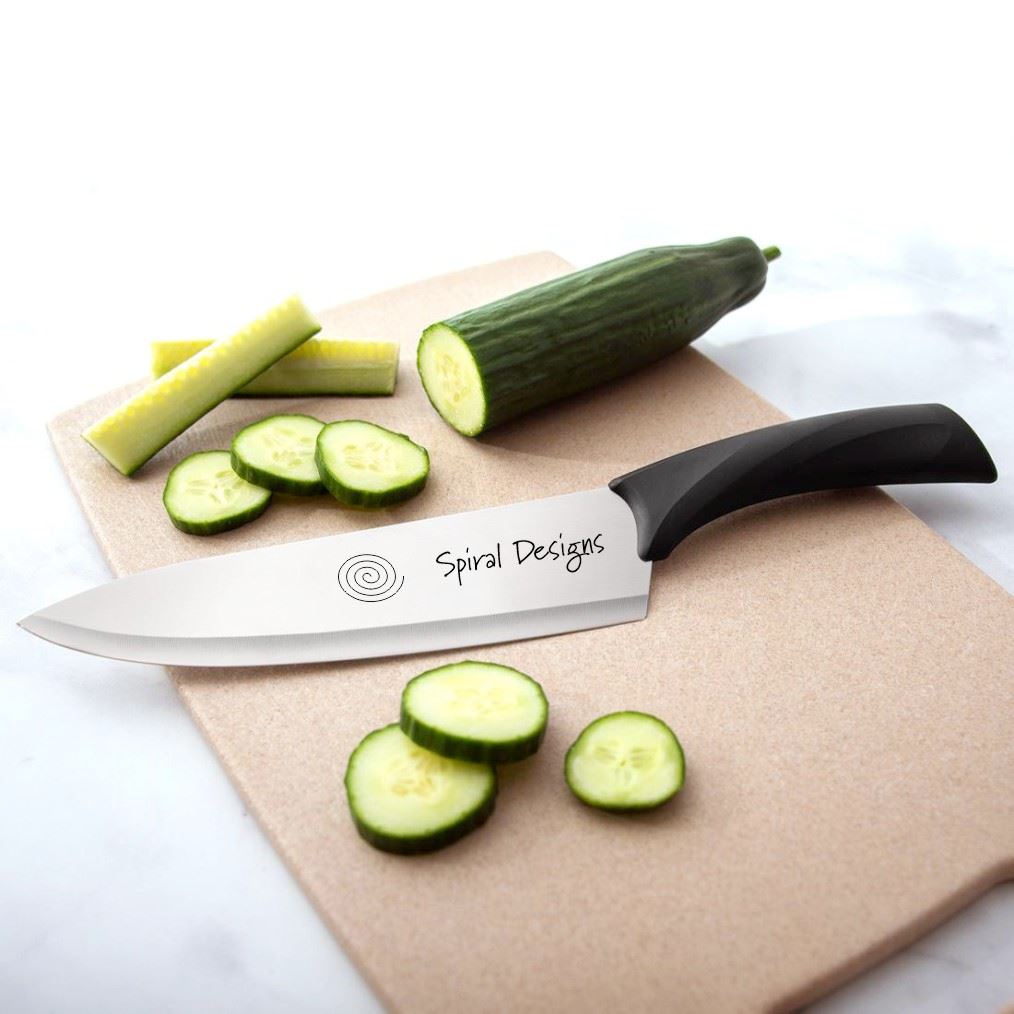When it comes to kitchen essentials, knives are undoubtedly at the forefront. Choosing ceramic and steel knives has intrigued home cooks and professional chefs alike, sparking debates over their merits and demerits. In this article, we delve into the world of culinary cutlery to compare these two knife types – ceramic and steel – that have garnered significant attention. While they serve a similar purpose of slicing and dicing, they possess distinct qualities that set them apart. Let’s uncover the facets of durability, sharpness, price, and more contribute to the intriguing ceramic vs. steel knives debate.
The Case for Comparison
Why would one compare ceramic and steel knives, considering they fulfill the role of cutting and preparing food? The rationale behind this comparison lies in the distinctive attributes each material brings to the table. While both are tools of the culinary trade, they cater to different preferences and applications. Moreover, these two types of knives often fall within a similar price range, making their comparison all the more pertinent for those seeking the best investment for their kitchen.
Ceramic vs Steel Knives: An Overview
Let’s take a quick look at the differences between ceramic and steel knives!

Feature | Stainless Steel Knives | Ceramic Knives |
Sharp | Very Good | Very Good |
Can they rust? | Yes | No |
Fragility | Very Fragile blade | |
Versatile | X | |
Weight | Light and easy to work with | |
Best For | ||
Easy to sharpen? | Yes | No |
Exploring the Elements: Durability and Sharpness
Durability is a critical aspect of any knife, and this is where ceramic and steel knives diverge significantly. Steel knives are renowned for their robustness and ability to withstand heavy-duty use. They are less prone to chipping or breaking, making them reliable workhorses for demanding kitchen tasks. On the other hand, ceramic knives, though lightweight and incredibly sharp, are more delicate. They excel at precision cutting but require careful handling to avoid accidental damage.

When it comes to sharpness, ceramic knives often take the lead. Due to their exceptional hardness, they retain their sharp edge for an extended period. This means fewer trips to the sharpener, making them convenient tools for those who appreciate low-maintenance options. Steel knives, while inherently sharp, may require more frequent honing to maintain their cutting prowess.
The Price Point Predicament
Considering the financial aspect, both ceramic and steel knives can be found at various price points. Entry-level options for both types might be reasonably priced, but as you ascend the quality ladder, the price disparity becomes more apparent. Generally, high-quality steel knives tend to be more affordable than their ceramic counterparts. This price discrepancy can influence the decision-making process for individuals who desire top-notch cutlery without breaking the bank.
Aesthetics and Comfort
Beyond functionality, the aesthetics and comfort of knives play a role in the decision-making process. Steel knives often boast a classic, timeless appearance that resonates with traditionalists. They also tend to have more substantial handles, providing a comfortable grip for extended periods of use. Ceramic knives, however, offer a modern and sleek aesthetic, with lightweight handles that cater to those who prefer agility and finesse in their cutting endeavors.
Final Thoughts
In the ceramic vs. steel knives debate, there is no one-size-fits-all answer. The decision between these two knife types ultimately hinges on personal preferences, culinary needs, and how one values the attributes of durability, sharpness, price, and aesthetics. Steel knives bring durability and versatility, catering to those who require reliable tools for various tasks. On the other hand, ceramic knives excel in sharpness and precision, serving admirably in delicate cutting situations.
So, as you embark on your culinary adventures, remember that the choice between ceramic and steel knives is a reflection of your unique cooking style and requirements. Whether you’re drawn to the enduring strength of steel or the razor-sharp elegance of ceramic, your kitchen toolkit will undoubtedly be enhanced by the cutting edge qualities of either option.
